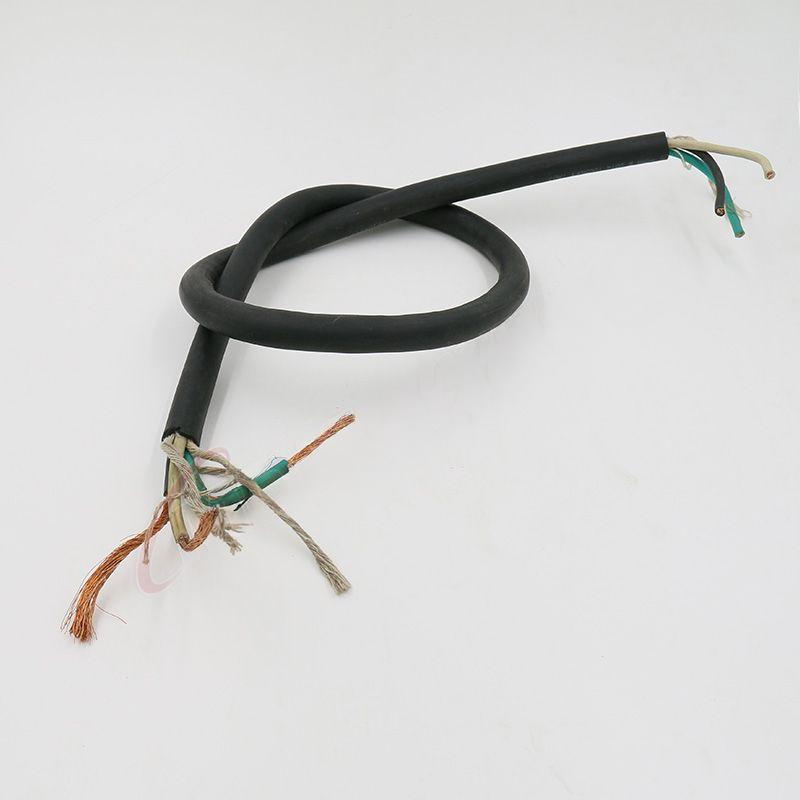Novemba . 24, 2024 21:29 Back to list
Innovative Solutions for 4-Way Ball Valve Applications and Benefits in Fluid Control Systems
Understanding 4-Way Ball Valves Functionality and Applications
In the realm of fluid control, valves play a vital role in regulating the flow of liquids and gases in various systems. Among the various types of valves, the 4-way ball valve stands out due to its unique design and versatile functionality. This article will delve into the key features, operation, and applications of 4-way ball valves, shedding light on why they are indispensable in many industries.
What is a 4-Way Ball Valve?
A 4-way ball valve is a type of valve that has four ports instead of the standard two ports found in traditional ball valves. This design allows for the control of flow in multiple directions. The valve consists of a hollow, perforated sphere (the ball) that can rotate within the valve body. The orientation of the ball determines the path through which the fluid will flow. When the ball is turned, it can allow for either mixing or diverting the flow between different lines.
How Does It Work?
The operation of a 4-way ball valve is straightforward yet effective. By rotating the ball inside the valve body, users can guide the flow from one inlet to multiple outlets, or vice versa. For example, in a configuration where one inlet splits into two outlets, the valve can direct the flow either towards the first outlet or the second, depending on the position of the ball.
This flexibility allows for various flow configurations, such as
1. Mixing Applications Combining two fluids into a single output, which is common in processes that require precise mixtures. 2. Diverting Applications Redirecting flow from one source to multiple destinations, often utilized in coolant systems or heating systems.
3. Isolation In certain configurations, one outlet can be isolated from the flow, which can be crucial for maintenance or control purposes.
Features of 4-Way Ball Valves
1. Versatility The ability to control flow direction, mixing, and isolating makes these valves suitable for a broad range of applications.
4 way ball valve

2. Reliability 4-way ball valves are known for their durability and long service life, making them a popular choice in demanding environments.
3. Ease of Operation The straightforward design and simple actuator requirements contribute to user-friendly operation.
4. Leak-Free Performance With proper sealing mechanisms, 4-way ball valves can achieve excellent leak-tight performance, which is essential for safety in many applications.
Applications of 4-Way Ball Valves
The versatility of 4-way ball valves makes them suitable for various industries, including
- Chemical Processing Used for controlling the mixing and diverting of reactive substances, ensuring safe and efficient operation. - HVAC Systems Implemented in heating, ventilation, and air conditioning systems for regulating temperature and airflow.
- Water Treatment Utilized for directing water flow to filtration systems or treatment processes.
- Oil and Gas Industry Used extensively in pipelines to manage the flow of oil, gas, and other resources.
- Food and Beverage Industry Designed to handle the safe movement of liquids while adhering to stringent hygiene standards.
Conclusion
The 4-way ball valve is a highly functional and adaptable component in fluid management systems. Its ability to control flow direction, mix fluids, and isolate sections of a system makes it an invaluable asset in numerous applications. As industries continue to evolve and demand more from their fluid control systems, the relevance of 4-way ball valves will undoubtedly continue to grow. Understanding how these valves work and where they can be applied is essential for engineers and operators seeking to optimize their systems for efficiency and effectiveness.
Share
-
Reliable Wafer Type Butterfly Valves for Every IndustryNewsJul.25,2025
-
Reliable Flow Control Begins with the Right Ball Check ValveNewsJul.25,2025
-
Precision Flow Control Starts with Quality ValvesNewsJul.25,2025
-
Industrial Flow Control ReliabilityNewsJul.25,2025
-
Engineered for Efficiency Gate Valves That Power Industrial PerformanceNewsJul.25,2025
-
Empowering Infrastructure Through Quality ManufacturingNewsJul.25,2025